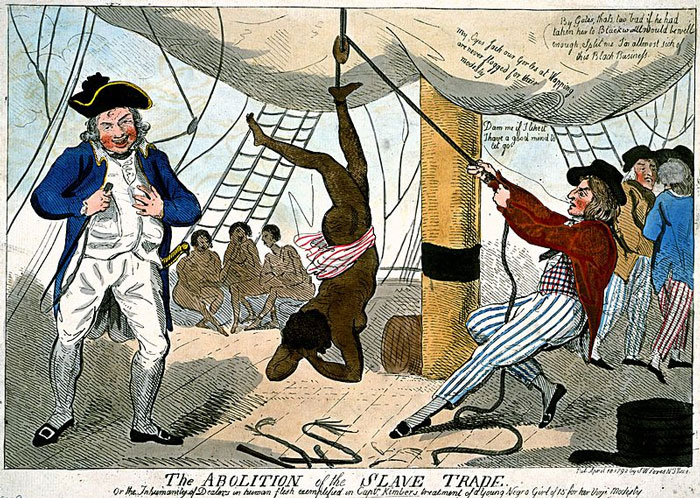
From the establishment of the United States of America to the turn of the 21st century, Americans have consistently held onto the American Dream as a guiding ideal. In fact, this concept’s pervasiveness has allowed the American Dream to maintain a surprising level of omnipresence, it has remained a deeply embedded entity throughout American history. It is essential to recognize that this concept of the American Dream has been turned into a truth in the minds of Americans. While it is relatively innocuous to hold the American Dream as an aim or idealized but unrealistic standard of the United States given current conditions, a much more far-reaching—though nonetheless prevalent— stance is to view the American Dream as a truthful characteristic of American society.

For one, the implications of believing that the American Dream is a reality relies on the idea that American society has achieved equality of opportunity for all so that anyone can attain achievement just by working hard and setting high aspirations. Essentially, to believe in the American Dream’s feasibility for those who genuinely pursue it is to believe that there is currently an equality of opportunity for all Americans who seek success and apply themselves appropriately — a particularly shaky calculation of American society to make.
Interestingly, there is meaningful variation in public opinion regarding how certain groups of Americans view the American Dream. Among the root causes of this variation is race: black Americans specifically seem to embrace the American Dream, and have consistently done so for the past few decades. For instance, a recent poll conducted by The Atlantic found that while only 19% of white Americans believe that the “American Dream is alive and well,” a whooping 43% of black Americans believe the same is true.
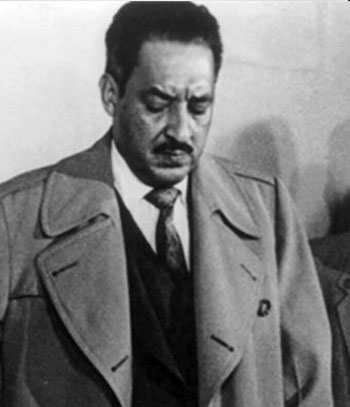
A 2015 report on how minorities view the American Dream by CNNMoney features an interview with a 22-year-old black woman named Breionne Carter, who says that, although she has been working at Popeye’s for the past three years and is “strapped for cash now,” she still remains optimistic, and particularly because she senses progress in racial justice. The article even asserts that she has “no doubt that she’ll be able to achieve any goal she sets”. But what is particularly striking about Carter is that she compares herself to her mother, who apparently told her of many anecdotal stories involving explicit forms of racial discrimination in the workplace based solely on the color of her skin. Carter says in reference to her mother:
“The world is changing. I face less discrimination. I have the opportunity to do things she couldn’t do.”
Again, Carter turns back to her parents’ time as a reference point to form whether or not society allows social mobility. Compared to the decades before her, Carter senses an undeniable, overall enhancement in the opportunities that are offered to black Americans, whether or not her evaluation is reasonable based on her own personal experience. And Carter is not alone. A majority of black Americans, according to the CNNMoney poll, believe that compared to their parents, it would be much easier for them to achieve the American Dream.
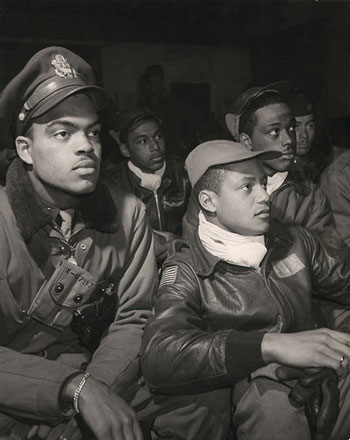
With these two assessments in mind, perhaps it is not that black Americans define or understand the American Dream differently than how their white counterparts do, but rather they tend to point to specific indications to conclude whether or not the American Dream is alive. Namely, it seems that they do this through both considering their entire group’s progress based on a few fortunate members and by using a comparative analysis of their generation and their parents’ generation.
In both ways of imagining, even the slightest sign of a development in racial equality aids tremendously in sending a message to black Americans that they should embrace the American Dream. This theory— essentially that strong indications of racial equality impact the reality that black Americans construct— calls forth one of the most definitive indicators of racial equality in recent American history, where, for the first time, a black person was able to hold the highest office of the land.
Speaking of this event, Johnny Bernard Hill, author of “The First Black President: Barack Obama, Race, Politics, and the American Dream”, establishes the idea that the significance of President Barack Obama’s election for the black community is based “not just on what Obama might do as president,” but also “who he is, his racial identity, and what he represents within the shadows of America’s racist past”. And indeed the inauguration of Obama as the 44th President of the United States has shown a respectable surge for black America’s reaffirmation in embracing the American Dream.
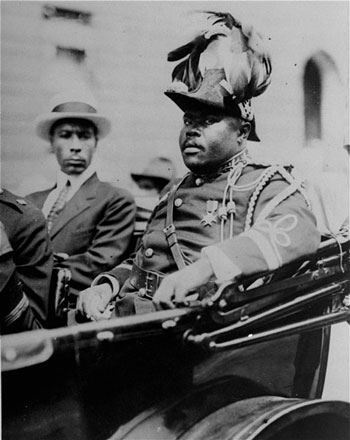
In fact, political science professors Danvy Lee and Christopher Timothy Stout led an experimental investigation to examine “whether positive symbols of progress for the black community, such as Obama’s election as president, increase black optimism in the American Dream”. This investigation is particularly effective because, just as Obama’s historic election occurred in 2008, the recession of 2008 sprung into full force and simultaneously hurt millions of families across the United States, including middle and lower class black Americans.
Despite this fact, the findings reveal a 10-point increase in the percentage of black Americans who believe hard work guarantees success. Lee and Stout offer an explanation for their findings:
“Obama’s election to the highest office in the United States may help other blacks overcome feelings of exclusion and discrimination and may make them more hopeful about their own opportunities.”
Interestingly, they concluded that their findings “suggest positive symbols of progress are a better gauge of the American Dream for blacks than objective economic indicators,” since the economic reality for most American families was only exacerbating during the start of Obama’s tenure. Ultimately, this study suggests a correlation between perceiving progress in racial equality—both by comparing it to previous times in American history and by basing it on the entire community of black Americans—and consequently embracing the American Dream.
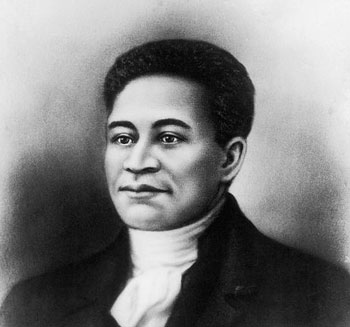
In fact, this influence adherent in perception is so powerful and enduring that the phenomenon of black Americans sensing progress in American society’s fight to eradicate racial discrimination has continued throughout the past few decades. And as they participate in such a phenomenon, they consistently turn to strong positive social indicators of improvements for only certain members and younger generations of black America as supposed evidence.
Conclusion
From the visible election of black politicians to the administering of affirmative action and other improvements in policy, many black Americans continue to maintain their optimism in the socioeconomic and political system of American society—all while they perhaps unconsciously and unintentionally imply conviction or at least assign some truth to the classical stereotype that poor black Americans are to blame for their problems.
Essentially, these individuals are dozing in a certain level of delusion, dreaming of the American Dream and simultaneously snoring out the untrue notion that any hard working American regardless of both socioeconomic and racial background can succeed. But regardless… can we blame them?
Leave a Reply